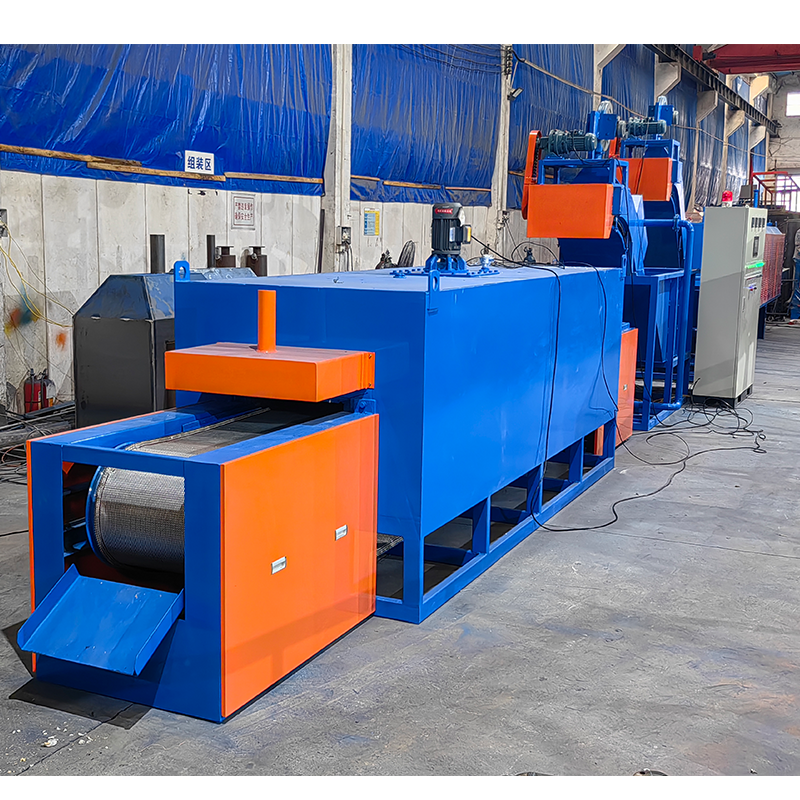Analysis of the secondary quenching process of carburizing furnace
Feb. 18, 2025
Analysis of the secondary quenching process of carburizing furnace
First, the changes of the structure before and after quenching are analyzed. The surface structure should be tempered martensite, containing uniformly distributed fine-grained carbides and retained austenite. In the secondary quenching process, the heating temperature of the first quenching is higher, which can refine the structure and dissolve most of the carbides. However, after quenching, a large amount of retained austenite remains in the surface high-carbon structure.
In our previous process, the workpiece was directly quenched by raising the high temperature again, and then tempered at low temperature after quenching, resulting in an unexpected decrease in surface hardness. In this regard, we analyzed whether the surface decarburization of the workpiece was caused by two high temperature rises. The answer obtained by testing the surface carbon content is negative. Therefore, it is suspected that the quenching was unsuccessful, so the workpiece was quenched again, and the hardness was still lower than the normal value. The microstructure analysis of the profiling test bar with furnace after slicing showed that the content of retained austenite was relatively high. Without cryogenic treatment, we first performed two low-temperature tempering treatments on the workpiece, trying to change the state of martensite in the structure, from the original thick needles and long needles to short needles, which should be dispersed in In human tissue, the strength index is much better than in the original state.
But as far as the surface hardness is concerned, it is still not ideal, because from the perspective of the transformation of the microstructure, the retained austenite can no longer be transformed into martensite during the tempering process, so the improvement of the surface hardness is not mentioned. Therefore, we started from the source of the process and carefully analyzed the causes of retained austenite.
The first quenching temperature is 880~900℃, at this time most of the surface carbides are dissolved in austenite. Quenching at this temperature can of course refine the core structure and solve the network carbide formed during the carburizing process. However, in the secondary quenching heating process, if the temperature is continuously raised and then quenched, a large amount of surface structure will inevitably be formed For the retained austenite, the transformation time of retained austenite is not enough. When the temperature is within the austenitizing temperature range, there are undissolved carbides and carbon in the previously formed retained austenite to form a balance, making the first formed retained austenite more stable, and at the same time in the subsequent quenching Maintaining stability during the cooling process, the incomplete transformation of martensite will also form a new retained austenite phase. These two parts make the retained austenite phase overlap, the proportion increases, and the hardness decreases.
To sum up, the reason for the low hardness is the improper handling of the large proportion of retained austenite. Therefore, in the secondary quenching process, a higher primary quenching temperature range can still be selected to completely dissolve the carbides. After quenching, a high temperature tempering process is added to decompose and transform retained austenite. In this way, the harm caused by its genetics can be eliminated. At the same time, high-temperature tempering can reduce the dimensional changes in the process of tissue transformation. After quenching, add two low-temperature tempering to improve the final state of martensite.










